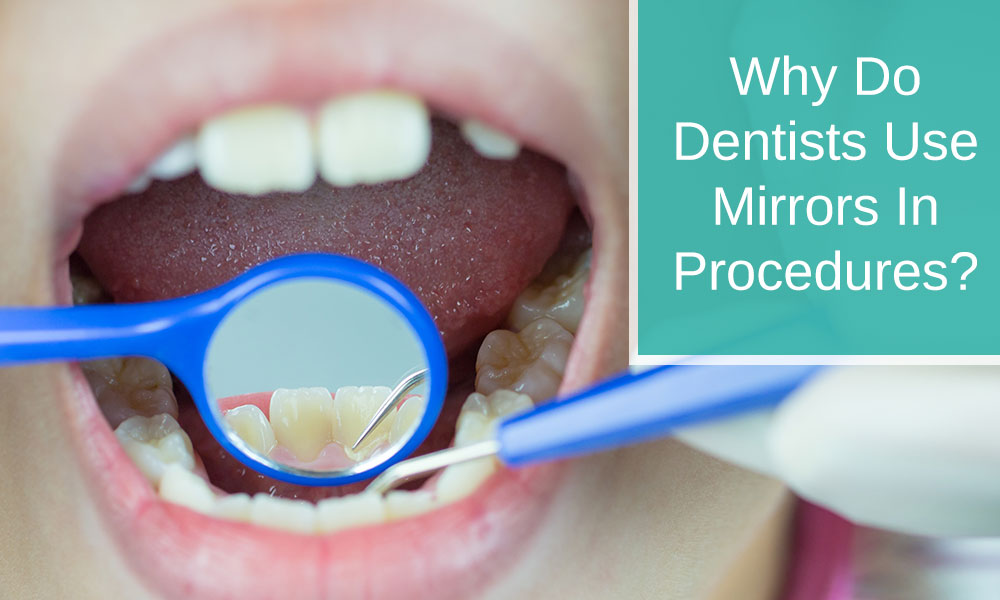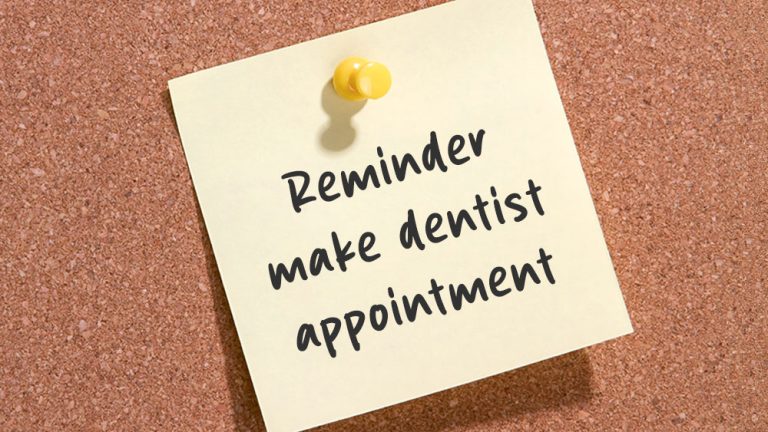
Why do dentists use mirrors in procedures?
Welcome to the fascinating world of dentistry, where precision and visibility are paramount. In this comprehensive guide, we’ll delve into the unsung hero of dental procedures: mirrors. Why do dentists use mirrors, and what role do they play in ensuring effective treatments and examinations? Let’s demystify the importance of mirrors in dental practices and explore the various types and advancements that make them indispensable tools for oral health care.
The Importance of Visualization in Dentistry
Why Do Dentists Use Mirrors?
Dentists use mirrors as essential tools to overcome the inherent challenges posed by the limited space within the oral cavity. The human mouth is a complex, three-dimensional space, and mirrors become the dentist’s surrogate eyes, enabling a clear line of sight to areas that would otherwise be obscured. This is particularly crucial during procedures where precision is paramount, such as examinations, diagnostics, and various treatments. Also, dentists use oral suction devices to remove saliva, blood, and debris from the patient’s mouth during dental procedures, ensuring a clear working environment and enhancing both visibility and patient comfort.
The Role of Mirrors in Dental Procedures
The role of mirrors in dental procedures is multifaceted. They facilitate enhanced visualization of teeth surfaces, especially those hidden from direct view. During examinations, dentists employ mirrors to inspect the back of teeth, along the gumline, and other challenging areas. In restorative procedures, mirrors aid in accurate placement of dental materials, ensuring optimal results. Moreover, mirrors are indispensable in orthodontic evaluations, allowing orthodontists to assess tooth alignment and make informed treatment decisions.
Types of Dental Mirrors
Front Surface Mirrors
Front Surface Mirrors are a common type used in dentistry, featuring a reflective coating on the front surface of the glass. This design eliminates the distortion caused by the glass, providing a clear and accurate reflection. Front surface mirrors are the go-to choice for various dental procedures where precision is critical.
Rhodium-Coated Mirrors
Rhodium-Coated Mirrors are known for their durability and resistance to corrosion. Rhodium, a precious metal, is applied as a coating to the mirror surface, ensuring longevity and maintaining reflective quality over time. These mirrors are favored for their reliability in clinical settings.
Magnifying Mirrors
Magnifying Mirrors incorporate a magnification element, offering a closer and more detailed view of the oral structures. Dentists use magnifying mirrors for intricate procedures, such as detailed examinations or when working on smaller dental restorations. The magnification enhances precision and aids in achieving optimal results.
How Dentists Use Mirrors for Different Procedures
Examinations and Diagnoses
During examinations and diagnoses, mirrors are indispensable for a comprehensive assessment of oral health. Dentists use mirrors to visualize hidden areas, detect early signs of decay, inspect the integrity of dental restorations, and assess the overall condition of the oral tissues.
Restorative Procedures
In restorative procedures, mirrors play a crucial role in ensuring accuracy during tasks like placing fillings or crowns. Dentists use mirrors to visualize the tooth from various angles, allowing them to confirm proper alignment and placement of restorative materials. This precision contributes to the longevity and functionality of dental restorations.
Orthodontic Evaluations
For orthodontic evaluations, mirrors aid orthodontists in assessing tooth alignment, bite discrepancies, and the effectiveness of ongoing orthodontic treatments. The reflective surface of mirrors enables orthodontists to view challenging areas and make informed decisions regarding treatment plans.
Mirror Maintenance and Hygiene
Cleaning and Sterilization
Cleaning and sterilization of dental mirrors are paramount to prevent cross-contamination and ensure patient safety. Mirrors should be thoroughly cleaned between each patient using an appropriate disinfectant solution. Regular autoclaving, a process that uses steam and high pressure, is the gold standard for sterilizing mirrors and eliminating any potential pathogens.
Replacing Mirrors
Over time, mirrors may incur scratches, lose reflectivity, or develop other issues that compromise their effectiveness. Regular assessment of mirrors is crucial, and they should be replaced when signs of wear or damage are evident. Maintaining a set schedule for replacing mirrors ensures that dentists consistently have access to reliable and high-quality tools. There are many dentist tools that people are not aware of.
Do dentists use the same tools on everyone?
No, dentists do not use the same tools on everyone. The choice of dental tools varies based on individual oral health needs, specific procedures, and the unique characteristics of each patient’s oral condition.
Advancements in Dental Mirrors
Digital Imaging Mirrors
Digital imaging mirrors represent a significant advancement in dental technology. These mirrors are equipped with built-in cameras, allowing real-time digital imaging of the oral cavity. The images captured can be stored for documentation, shared with patients for enhanced communication, and integrated into digital treatment plans.
Anti-Fogging Mirrors
Addressing a common challenge in dental procedures, anti-fogging mirrors incorporate coatings that prevent the formation of condensation. This ensures a clear view throughout the procedure, even when there are temperature differentials between the mirror and the oral cavity. Anti-fogging mirrors contribute to uninterrupted and efficient dental workflows.
The humble dental mirror emerges as a stalwart ally in the dental professional’s toolkit. From facilitating intricate procedures to aiding in routine examinations, mirrors are indispensable for achieving precision and accuracy. Understanding the different types of mirrors, their roles in various procedures, and the importance of maintenance provides insight into their crucial contribution to oral healthcare.



